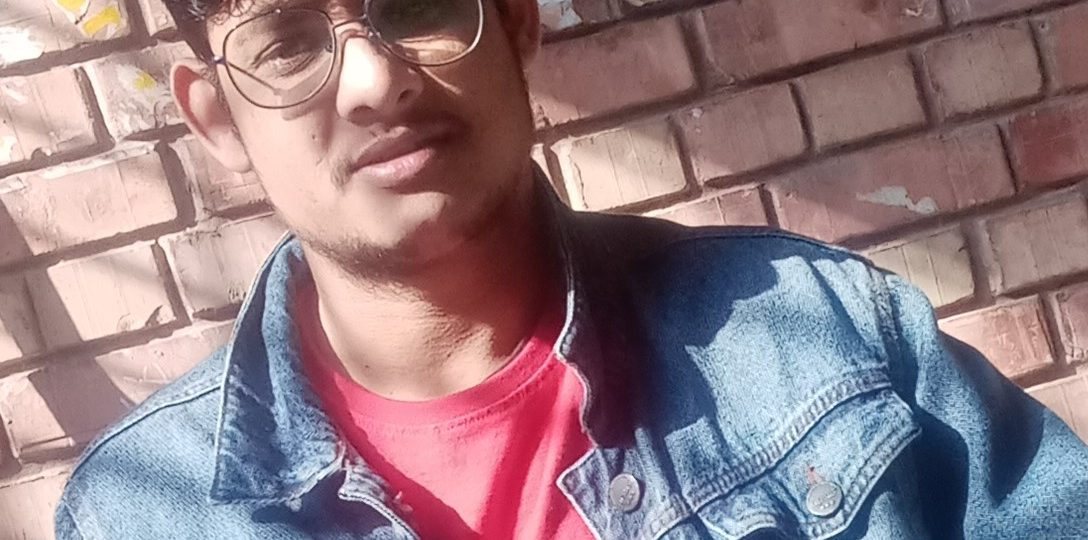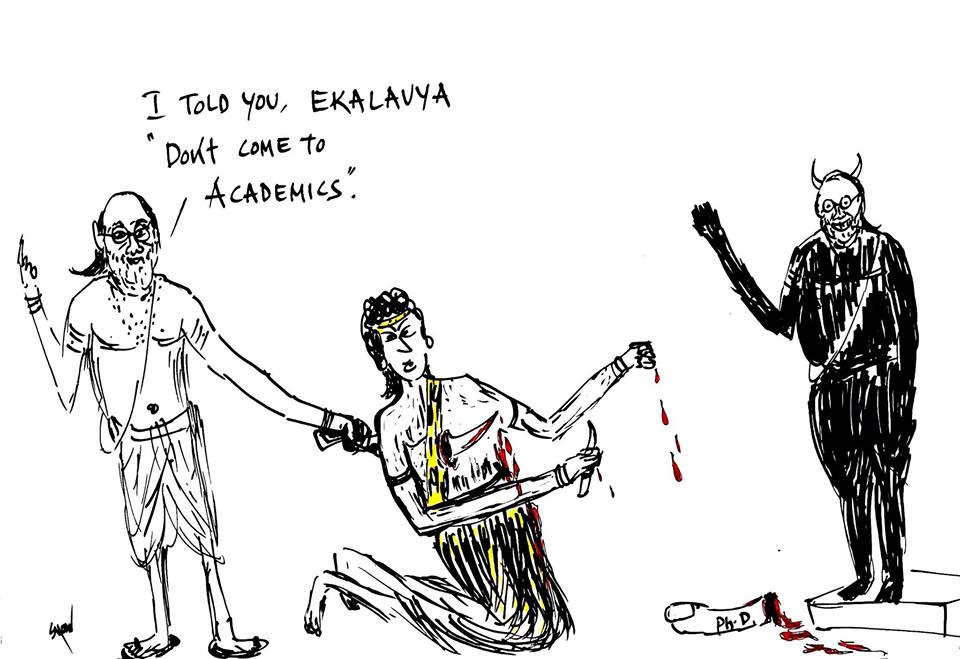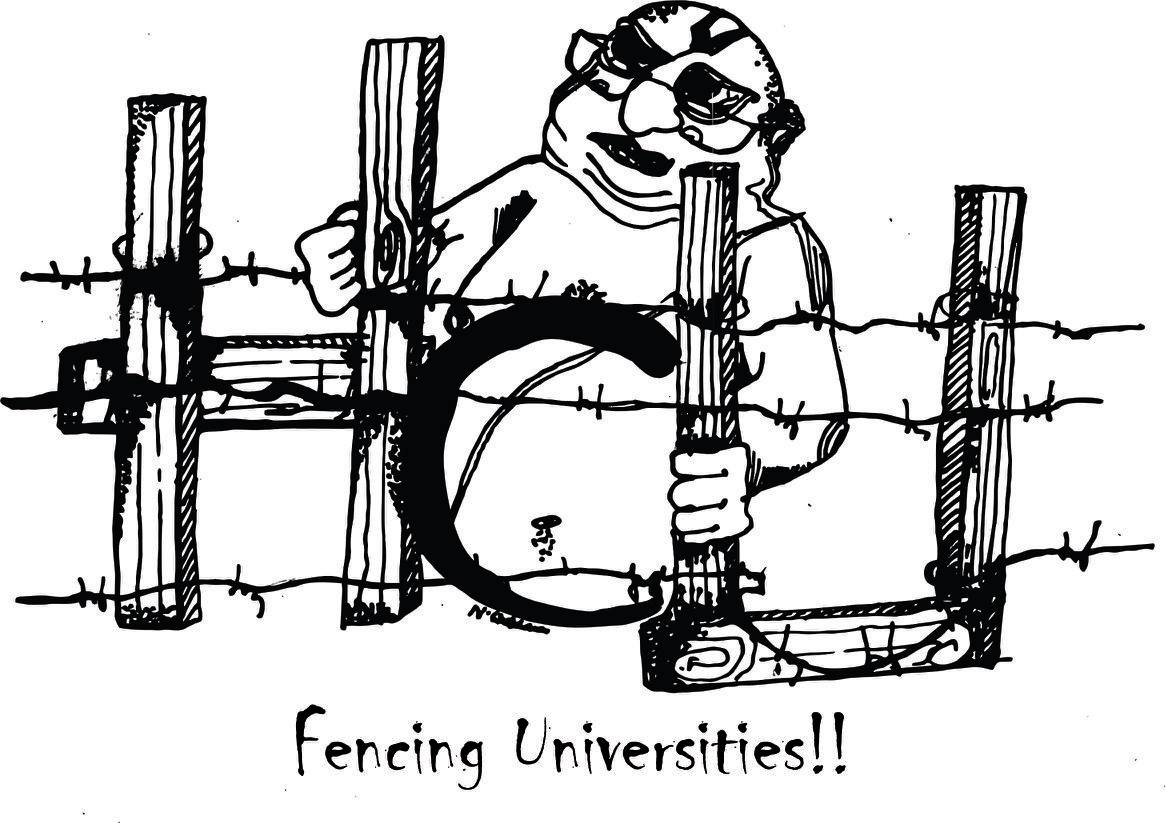Chhotelal Kumar
Adivasis are often referred to as ‘aboriginal’, ‘autochthonous’, or ‘tribal’. However, the government classified them as Scheduled Tribes, which is more of an administrative status than a meaningful community classification. This classification generalises everyone, and it is an example of colonial continuity. However, there is a distinction between being Adivasi and being Tribal. Scheduled Tribes who live in mainland India, who identify themselves as Adivasis, are grouped under the Fifth Schedule of the Indian constitution. Tribals are the people who live in the North Eastern states of India and are grouped under Sixth Schedule of the constitution. Adivasis have a higher population share in the entire Tribes population, accounting for 88% of the people, whereas Tribals from the Northeast account for only 12%.
However, in terms of socioeconomic indices, the situation is precisely the opposite. Adivasis are marginalised to a greater extent than their counterparts in the Northeast. But why is that? There are numerous reasons for this, the most important of which are displacement and exploitation.
The issue of identity has been hotly debated, and the identity of the ‘Adivasi community’ even more so.
Before the advent of the modern state, the state and society were two distinct entities in India. Society had largely autonomous norms for governing itself. And to an extent, we can argue that the state was dominated by society. But with the arrival of the modern state, everything about society/community has changed. The modern state came with the idea of rationalisation, which was based on quantification and control. Those who were not familiar with such techniques of measurement and rationalisation felt it interventionist and aggressive. The modern state-dominated society tries to control everything. But some might say that the increasing complexity of living and urbanisation raised the reach of the state, which was not common during pre-modern times.
There were rules for everything, generally made by a few people who were the governing elite. The Adivasi community felt deprived and oppressed when Britishers made forest and land control laws. They started to ambush the Britishers and called them Dikku, an outsider/oppressor. Because of these fiery rebels, several orientalist colonial scholars termed them ‘violent’ and, because of their simple, nature-dependent lifestyle, ‘savage’. This stigmatisation of the community has remained to the present day, and subsequent subaltern intellectuals have attempted to establish this identity. They understood things the same way, but from below, as ‘primordial rebels’.
Later, a shift happened, albeit not significantly in the right direction. They were viewed as ‘victims’ and sometimes savages who would not survive the modern state’s slaughter. However, with alterations in this paradigm since the 1990s, Adivasis are no longer viewed in the simplistic and binary terms of ‘oppressor’ and ‘victim’. There is a growing understanding of the Adivasi community’s complexity and distinctions. Within the Adivasi scholarship, group studies are now undertaken, with Adivasi women, youth, migrant labourers, and farmers being researched independently. Adivasis are no longer simply victims of state development and oppressed by Dikku (outsider/oppressor); they are a vibrant community that influences day-to-day affairs in larger social life in a variety of ways.
~~~
Chhotelal Kumar has done his Masters in Political Science from the Centre for Political Studies Jawaharlal Nehru University, New Delhi. He has research interests in Adivasi politics and has started to read extensively on the topic.










